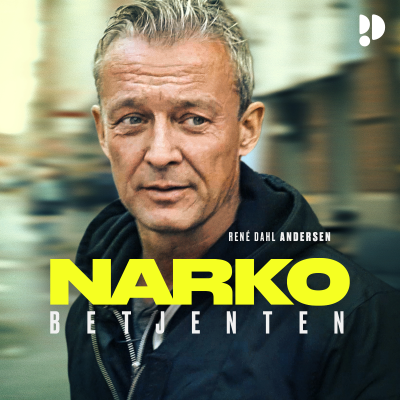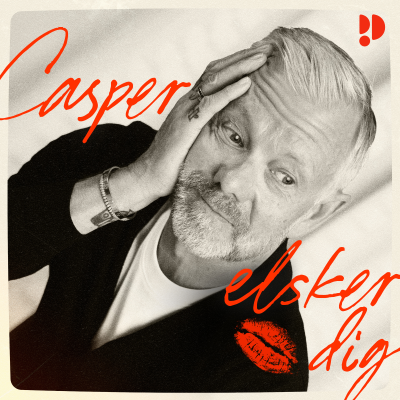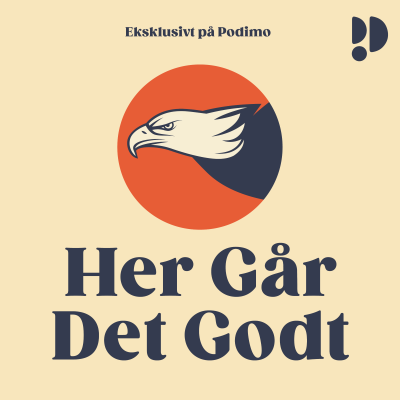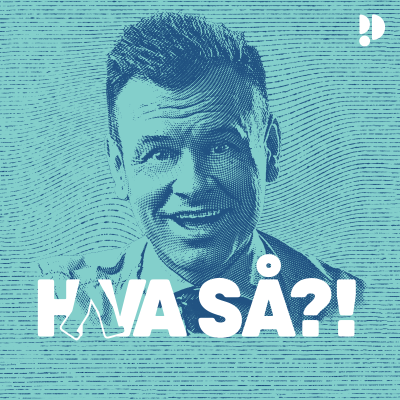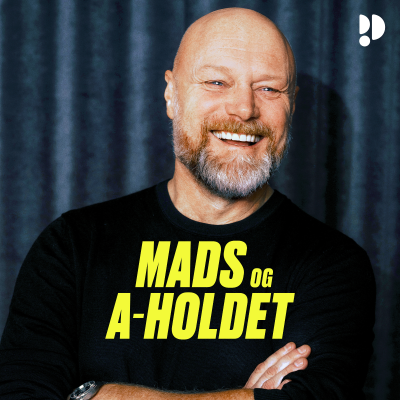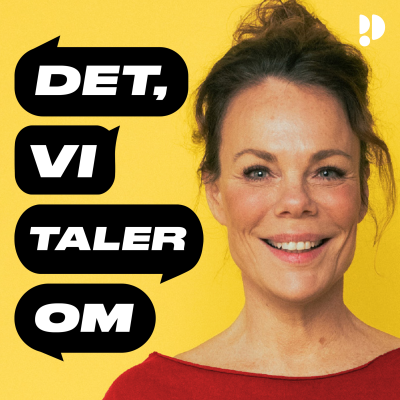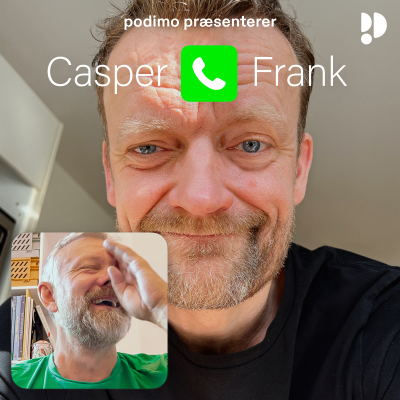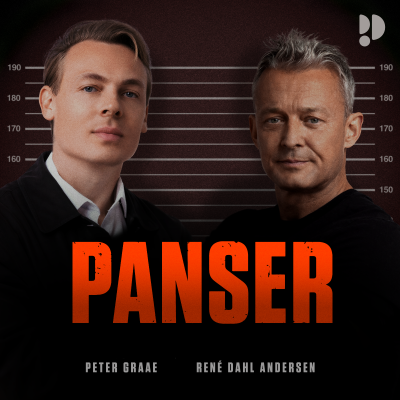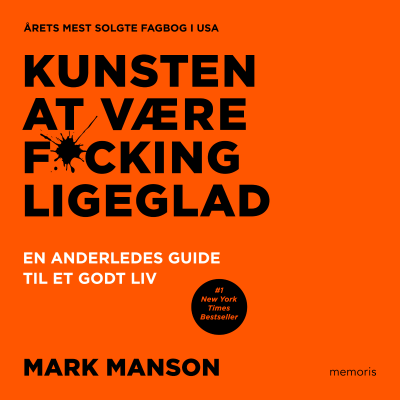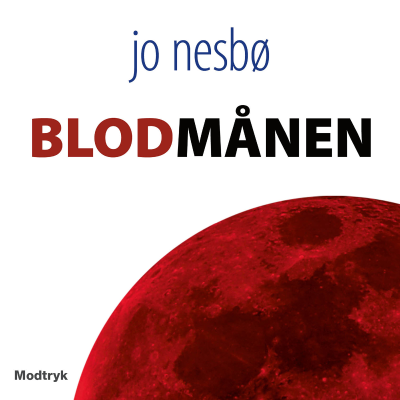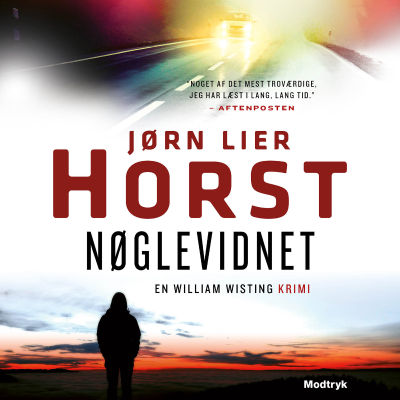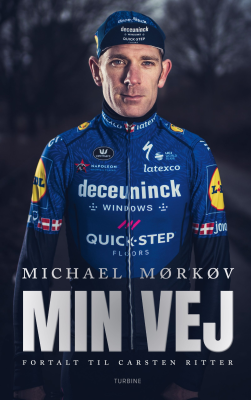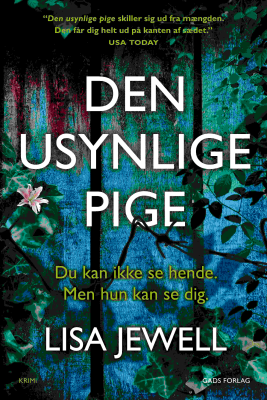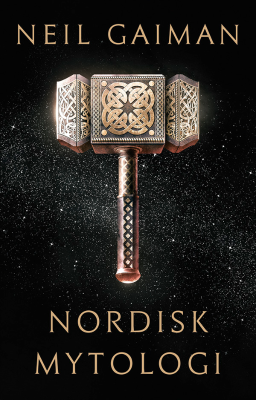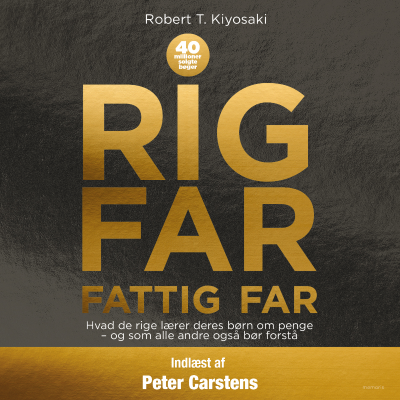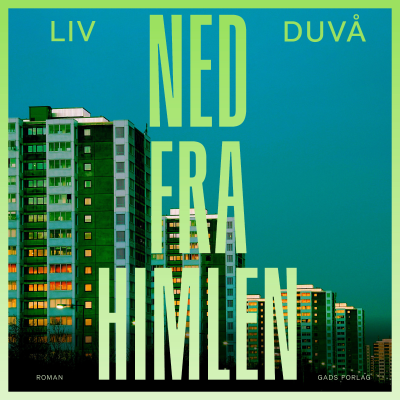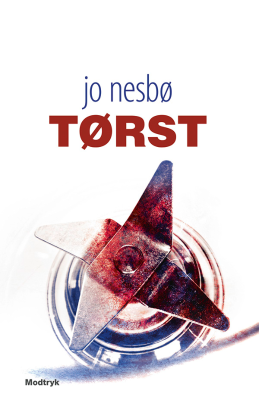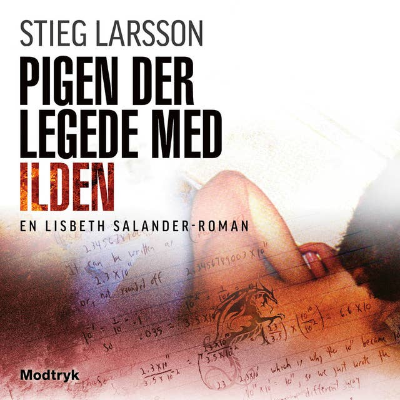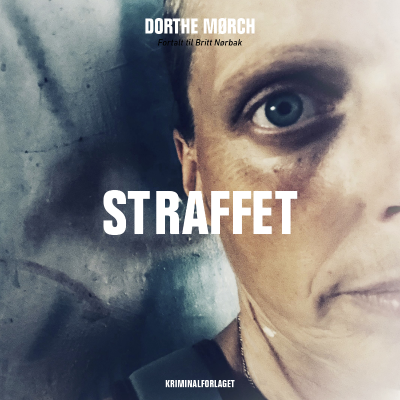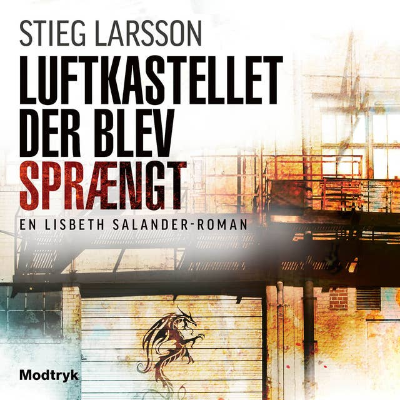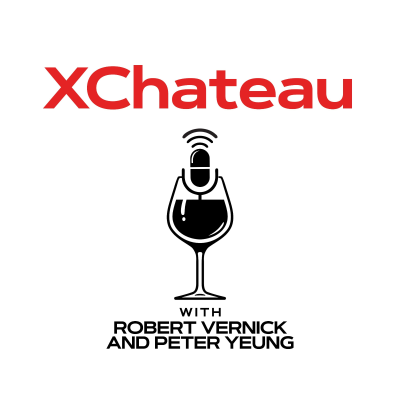
XChateau Wine Podcast
Podcast af Robert Vernick, Peter Yeung
A podcast delivering wine perspectives ex-chateau. Insights, analysis, and perspectives on news and trends in the wine industry beyond winemaking, such as marketing, finance, and consumer trends. From noted wine blogger Robert Vernick (@wineterroir) and leading wine business consultant and author of Luxury Wine Marketing Peter Yeung (@winebizguy), this podcast navigates the business of wine with unique perspectives and insights. Hosted on Acast. See acast.com/privacy for more information.
Prøv gratis i 7 dage
99,00 kr. / måned efter prøveperiode.Ingen binding.
Alle episoder
196 episoderHaving met at the UC Davis Wine Executive Program, Kia Behnia, CEO, and Mason Earles, CTO, founded Scout [https://agscout.ai/] to replicate the best sensor in the vineyard, “the farmer’s eye.” Leveraging off-the-shelf hardware, Scout uses AI to process images taken from a tractor to automate vineyard mapping, vine counting, yield forecasting, virus identification, and more. From managing vineyard assets to implementing precision agriculture to improve quality, Scout is harnessing the power of AI to optimize vineyard management. Detailed Show Notes: Mason’s background - UC Davis Professor, Apple, AI & agriculture Kia’s background for Scout - owns the Neotempo wine brand, worked at Splunk, the “data for everything” company The official company name is Agricultural Scout, dba Scout, the website is agscout.ai [http://agscout.ai], so it can be called any of those names Founded in 2022, initially more hardware-based, but pivoted to an intelligence company using off-the-shelf hardware The goal is to “replicate the farmer’s eye” with an AI-based solution using cameras, tractors, and Scout cloud and mobile app (which can be used offline); the brain is centered around a phone US only today (~50-100 clients, 300 blocks, 2M vines, processed 56M photos), going international in 2026 4 main use cases currently: * Automate vine count, inventory, and mapping of vines - 4x faster than people could do * Estimate crop performance - both vigor and fruit * Yield forecasting - can use every step in the growing season to forecast yield with historical performance and weather forecasts * Health performance and vine mapping - leveraging AI for virus detection 3 types of clients * Estate wineries * Vineyard management companies (“VMC”) * Real estate investors or owners to track vineyards Benefits include: * $400-1,200 savings/acre * Productivity gains through managing more acres with fewer people, identifying low-performing vines, and the program tells farmers where to sample * Remote monitoring of faraway vineyards * Early season yield forecasting * Disease management - virus can cause $170k/acre damage over 3-5 years, costs $40/PCR test, the goal is to keep virus <15% not to lose the whole block, has a 7,000 photo database on vine disease Bench Vineyards discovered 1 acre of missing vines out of 24 acres and filled them in Pricing is a subscription model, $150-180/acre per scan * Volume discounts >50 acres * Neighborhood and AVA discounts * Starter - 2 scan package (for inventory and virus) * Professional - 6 scan package * Typical customer starts w/ 2 and upgrades to 6 * Monarch promotion, customers get 1 free scan * Up front hardware costs ~$3,000 New product in beta in July 2025 - ChatGPT Scout for vineyards Marketing mostly through word of mouth, industry trade shows, and webinars have been effective, as has partnership with Monarch (already tech enthusiasts) Barriers to purchase are often due to farming budgets built around labor ---------------------------------------- Hosted on Acast. See acast.com/privacy [https://acast.com/privacy] for more information.
From 200 mph electric cars to 20 mph electric tractors, Praveen Penmetsa, CEO of Monarch Tractor [https://www.monarchtractor.com/], leveraged his passion and expertise in vehicles, robotics, and batteries to develop the first smart, electric tractor. Making farmers more profitable and efficient first, and then sustainable, are the core tenets that drive Monarch’s business. Praveen discusses the core benefits of using an electric tractor and how it works with farmers to take advantage of government incentives, making farming more efficient and cost-effective. Detailed Show Notes: Praveen’s background: mechanical engineering, loves fast cars, worked on electric vehicles, robots, and battery systems Founded Monarch in 2018, the company is currently the only company selling smart, electric tractors Now on four continents, with most sales in the US, pilots internationally Solution is a smart electric tractor with an app and piloting autonomous driving * Fits in 5’ rows * Runtime 10-14 hrs for pushing, 8-11 hrs for mowing, 4-6 hrs for heavy operations; takes ~6 hours to charge Core markets - vineyards #1, dairy #2, orchards, horse ranches Core benefits * Save $7-12/hr on diesel savings * Remote service and support, day and night - can submit a service ticket on the machine and get help remotely * Product gets better over time with SW updates (e.g., released the ‘row follow’ feature) * Can power other things, be used like a generator (e.g., night lights for harvest) * Easier to train operators (smart screen vs 20 manual controls) * Environmental impacts - reduces carbon emissions * With increasing automation (mowing is 1st operation), more labor savings Autonomous driving has guidelines by CA OSHA (need signs that the autonomous tractor is running and no people in the block), but there are no legal guidelines in other places Pricing * $90k baseline price + options + subscriptions * Gov’t incentives can make it cheaper than a diesel tractor, 20-70% savings * Monarch helps apply for subsidies, including charging infrastructure and solar installation * Subscription charge for connectivity and SW has various levels; some charges can be offset by incentives with carbon offset reporting (e.g., Dannon gives dairy farmers incentive payments for the carbon offsets) ROI driven by tractor usage, payback ~2 years; has an ROI calculator on the website; needs to be cheaper and more efficient before sustainability elements come into play Most farmers want autonomy to reduce labor costs Sells through a direct sales team and dealers Marketing driven by non-electric tractors today, podcasts are helpful, social media, and demos have been very effective * Social media, primarily Facebook and LinkedIn for owners, Google SEO, and local dealer support * Demos are essential; most farmers want to try before they buy Partnering with other companies to use their technology inside, also partnered with AgScout to leverage AI for vineyards Barriers to purchase primarily worry about service and support, and wanting more autonomy for labor savings Continuously update both HW and SW on machines, some tractors now close to 4,000 hours of operation (vs. standard tractors need to be replaced after 4-6k hours) ---------------------------------------- Hosted on Acast. See acast.com/privacy [https://acast.com/privacy] for more information.
Drawing on her background in winemaking and Silicon Valley, Ashley Leonard, Founder and CEO of InnoVint [https://docs.google.com/spreadsheets/u/0/d/1PPOcsU1wjJBNIOg2tp56r_FybRwS3KpjVX1-SEV3Qsw/edit], has developed a modern platform that tracks everything from the vineyard to the bottle. From getting granular with COGS to automating TTB compliance, InnoVint gets the winery out of spreadsheets and into a modern, cloud-based, mobile-centric system. This system is designed to accomplish InnoVint’s mission: Helping wineries run better businesses. Detailed Show Notes: InnoVint overview - mobile-driven winemaking platform, tracks and manages all winemaking options, and automates compliance * >600 winery clients (~80% of wineries still using Excel) * 92% of clients in North America, 8% International * Mission: helping wineries run better businesses TTB requires reporting for producers >500 cases 4 products * Grow - vineyard tracking platform from the winemaker’s lens; phenology dates, yield estimates, applications, harvest scheduling, historical trends * Make - winemaking from fruit reception to bottling; work enablement platform with digital work orders * Finance - tracks all costs associated with making wine, final COGS; the finance team applies overheads * Supply (2025 launch) - case goods management, inventory tracking, integrates with DTC platforms & distributors, has allocations as a planning tool Has open APIs; integrates with TankNet and VinWizard for winery automation, receives data back for actions taken; integrates with quality control labs (e.g., ETS) and can take action more quickly Core benefits * Key differentiator: profitability per SKU and true COGS/product (w/o InnoVint, calculated once per year) * Efficiency, working smarter, better decision making, and more transparency * Reporting to be able to manage quality * Some wineries use data to track carbon footprint (e.g., water use, weight of glass) * Reduces the risk of an audit Compliance reporting (e.g., TTB 5120, export reports) - Gloria Ferrer went from 3 people over 2 days to 15 minutes for 1 person Larger wineries tend to have more tangible benefits * Domaine Chandon saved $75k annually by making the workflow paperless * Patz & Hall saving 40 hours/month Onboarding * 5-step self-serve process (vineyard sources, lots, volume, vessels, current inventory) takes a couple of days for small wineries * Premium package for larger wineries includes team training, and full data migration takes 2-8 weeks Pricing - SaaS model * Scales based on size (production) and complexity (# of locations) of the winery * Not user or usage-based * Implementation ~$1-2k * Subscription starts at $2,400/year for a boutique winery for Make Marketing - “has tried it all”, tries to add value to the end user * Does a lot of speaking engagements/webinars on being a healthy winery * Manages The Punchdown, a free digital community that is a peer-to-peer exchange * Referrals from clients are the most effective marketing * Launched the State of the Wine Business Health Report (2024) - surveyed with >500 participants * To reach wineries that don’t go to conferences - LinkedIn/social, co-marketing, financial webinars * Paid advertising sometimes works, but it's not a top lead generator Barrier to purchase - resistance to change, case studies help overcome (e.g., Domaine Carneros saw what Chandon was doing and bought the product) The product roadmap includes Supply module, AI applications, and embedded tools ---------------------------------------- Hosted on Acast. See acast.com/privacy [https://acast.com/privacy] for more information.
Making wine in California, France, and even Serbia, consulting winemaker Julien Fayard [https://www.fayardwinemaking.com/] has a broad view of the winemaking world. His constant monitoring, evaluation, and investment in winemaking technology benefit both his own and his clients’ wineries. Julien offers insight into winemaking technology on both sides of the Atlantic, as well as some of the specific technologies he utilizes. Detailed Show Notes: Julien’s background: French, came to the US in 2006 and worked for Phillipe Melka, started his consulting practice in 2013, built two wineries and manages three others; mostly Napa (~85%), but also makes wine from Sonoma, Sierra Foothills, Provence, Bordeaux, and Serbia Uses trial & error to evaluate new winemaking technology Usually, a trigger that causes each tech adoption Hears about new tech from travel and conversations with other wineries and tech companies French tech is mostly involved with wine contact (e.g., yeast, oak treatment), the US is mostly logistics, mechanization, automation of labor, and CA is slow to mechanize vineyard work Monitors the slowly evolving knowledge base in winemaking - most tech innovations are slight derivatives of existing knowledge (e.g., sulfur automation) To buy into a new tech: other people using it, company viability (and ability to scale), practicality of solution (e.g., barrel door for fermentation did not take into consideration time and the challenge to move between barrels) ROI calculation includes cost savings, risk assessments, and quantity or quality improvements Generally does not implement things that could move costs more than 10-20% The most significant variable cost driver is when volume drops (e.g., waste, accidents, filtering, bulking out wine) - each tank is ~$100k of wine Fruition Sciences did a lot of sap flow analysis, but never got mass adoption Well monitoring technology is happening, and may be required soon Communications modules for sensors are getting much cheaper, enabling more tech Vinwizard (NZ) - wall winery automation * Started with pumpover automation (temp, speed) * Can control to avoid peak energy hours * Can set times for tanks to make temp-sensitive additions easier * Alarms for glycol system outages * Arkenstone was 1st Napa winery to adopt, learned from them, a solution more complete than TankNet * Min ~$50k cost Innovint - winery SW management system * Creates all work orders, does costing, compliance, and traceability * Clients, CPAs, and compliance can see everything * A communication tool, very user-friendly Sentia - hand wine analyzer (VA, malic, alcohol, SO2) * $2k/machine * <$1/use for strips * Uses a solid chemical reaction * “Fragile” tech, 1 in 30 results is way off, researching this with a Phd * Tried bungs with sensors, but requires a tech breakthrough to work Oenofrance - a system for faster oak extraction * Put oak blocks (closest to staves) under pressure to extract oak flavors faster * $40k in oak to $4k (renting tech) * Costs ~$80-90k to buy machine Excited about new destemmers, probes for monitoring wines (for “modern natural wine,” in-ground amphora aging) ---------------------------------------- Hosted on Acast. See acast.com/privacy [https://acast.com/privacy] for more information.
Exactly five years ago, Robert and Peter published the first episode of XChateau! To help us reflect on how the wine market has changed in the last five years, XChateau’s most frequent guests, Amanda McCrossin and Charlie Fu, return to discuss the changes in wine influencing and social media, the wine market upheaval occurring now, wine marketing done right, and wine drinking trends. Detailed Show Notes: Changes to being an influencer * AM: did not think TikTok would be big for wine in 2020, built it up in 2021, and created more “snackable content” (<90 sec videos), reaches wider audience (late 20s to boomers, more female) on TikTok * Influencers are changing, and many get burnt out (including Robert) * Influencer growth today - e.g., Olivia Tiedemann (@oliviatied) went from 0→4M followers on IG in 2 years, raw, skilled, edgy style caught people’s attention, used collabs to keep growing Social media evolution * Things are more video-heavy today vs. the static content of 5 years ago * Not a lot of male creators (tend to be older, more “academic”), female creators are much better at wine education * YouTube skews more male, TikTok more female * Males tend to consume more long-form content, while females tend to consume more short-form content * IG likes higher production quality, TikTok more “authentic” videos, IG upped video content length to 3 mins * Rednote (Little Red Book) - a popular Chinese app for local food & beverage recs, particularly in Asian dominated communities Wine market upheaval * PY: Anti-health messaging is hitting wine more than other alcohol, reversing the trend of the last 30 years, fueled by the “French Paradox” research on positive heart benefits of the Mediterranean diet * Premiumization is somewhat continuing - the top 1% are maintaining the high-end market, while others are trading down * AM: “Wine isn’t cool,” wine is not great at being in pop culture today * PY: Taylor Swift helping things like Sauv Blanc, but she’s not out talking about wine (AM) * AM: Wine needs an Alix Earle (@alix_earle) w/ a glass of wine or maybe more medium-sized influencers (100-500k followers) * CF: Health kick is a major trend impacting alcohol consumption, fewer people at restaurants ordering wine (at least in LA), people pushing NA options * AM: people not interested in the <$10/bottle category (except things like Kirkland wines), want $30+ bottles but need to sell the wine as there is so much choice * AM: Wine needs to revamp its merchandising to reach more people (e.g., more by style than varietal) * CF: High-end wines getting cheaper and more available; when top wine prices fall, alternatives also crash * AM: No such thing as brand loyalty anymore, NDA wines big for Wine Access (private label w/o being about to say the source) Wine marketing done well * CF: Winemakers from Burgundy (e.g., Dujac) are out there a lot more, increasing the popularity of the entire region * PY: Doing more experiences both at the winery and on the road * AM: Clean wine movement (e.g., Avaline) has some negatives, but is positive in terms of giving more transparency (what many consumers want these days) * RV: ingredient and nutritional labeling on the bottle is better than just available on the website; PY: NA wines have full nutritional panels, which could help promote wine’s good sides Wine drinking trends * AM: Sauv Blanc is America’s grape right now, theory: women think it’s a healthier option due to its lighter, crisp style * CF: people not drinking as broadly, but more hyper-focused due to so much available information (e.g., William Kelley and Burgundy); fewer people drinking natural wine ---------------------------------------- Hosted on Acast. See acast.com/privacy [https://acast.com/privacy] for more information.
Prøv gratis i 7 dage
99,00 kr. / måned efter prøveperiode.Ingen binding.
Eksklusive podcasts
Uden reklamer
Gratis podcasts
Lydbøger
20 timer / måned
